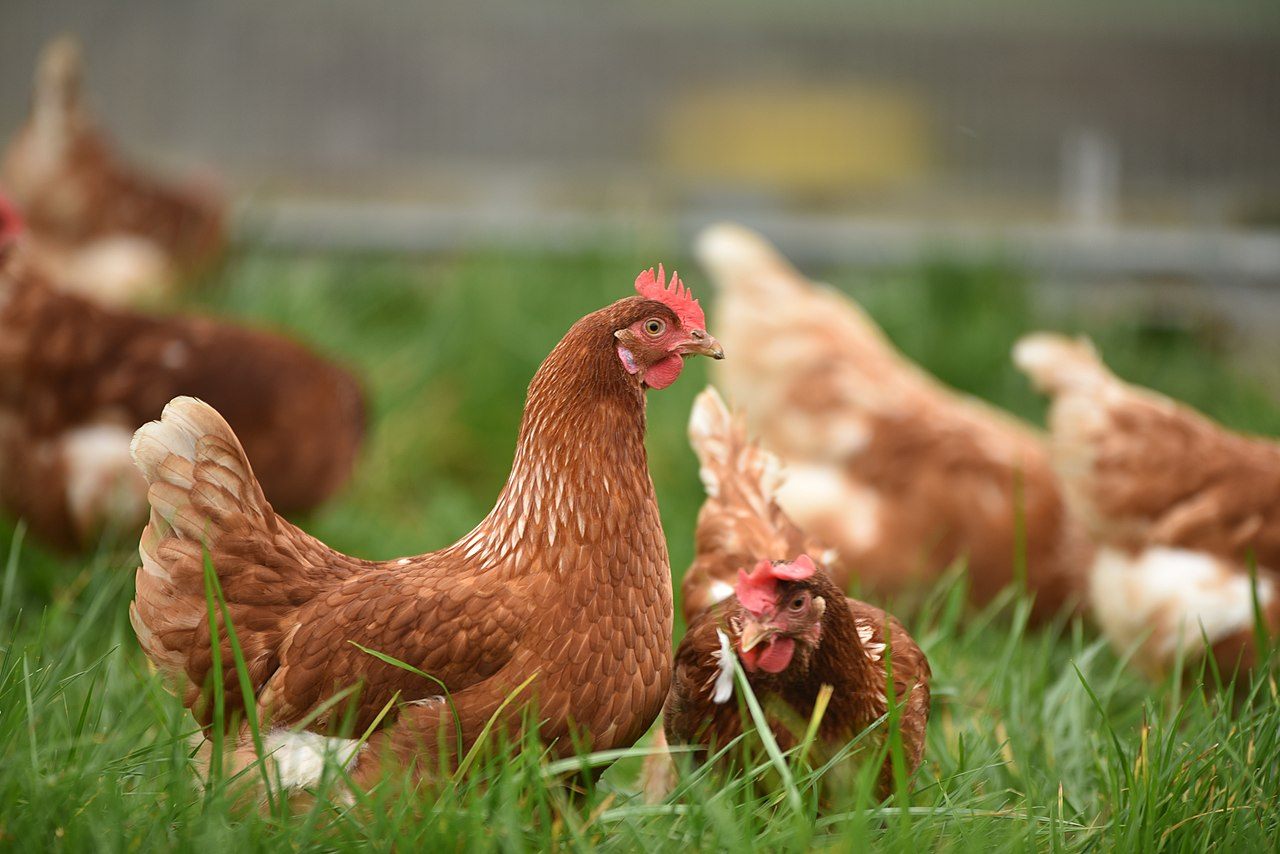Do You Speak Chicken?
A new study shows most people can tune into how chickens are feeling based on their clucks alone.
A hiss from your cat, a growl from your dog—you don’t need four legs to recognize these warnings. Back off. Quit it. Danger. Most of us can also translate soft purrs or playful yips as contentment or an invitation to play. It turns out humans may be just as good at understanding the language of our feathered friends.
A recent study in Royal Society Open Science shows that humans can intuitively pick up on basic chicken emotions—excitement and discontent—by the sound of their clucks alone. Nearly 70 percent of people could match the cluck with the correct emotion regardless of their previous experience with chickens, or lack thereof. This research reminds us of humans’ innate connection to other beings, and our ability to pick up on universal signs of happiness and distress, says coauthor Joerg Henning of Australia’s University of Queensland. “This is a remarkable result and further strengthens evidence that humans have the ability to perceive the emotional context of vocalizations made by different species,” said Henning in a press release.

Chickens can communicate with each other in a myriad of ways. They use body language such as flashing their feathers, but their less expressive faces may lead humans to overlook their complex emotions, says backyard chicken expert Tove Danovich, author of Under the Henfluence, who was not involved in the study. “They are not facially expressive because, of course, they have beaks, which I think is one of the problems that chickens have for their PR campaign for people to take them a little bit more seriously,” she says. “But they are very expressive in other ways.” Primarily, they use their loud, diverse, and unique voices. Chicken owners like Danovich know their chickens’ distinct clucks well, signaling when they’re excited or scared, as well as a special scream-song celebration reserved for egg laying.

Henning and his coauthors wondered if humans were capable of picking up on the basic nuances of chicken well-being from sound alone. The team recruited nearly 200 participants from around the world—including people who had never been around chickens—for an online survey. Individuals listened to 16 randomly ordered hen clucks, including fast clucks and food calls (a distinct ‘tuk, tuk, tukking’ sound), both of which indicate excitement, and those associated with negative emotions, such as low, growly gakels and wavering, higher pitch whine calls.
Researchers were surprised to find that familiarity with chickens didn’t influence participants’ ability to interpret chicken moods based on the animal’s vocalizations. They found 69 percent of all participants could tell if a chicken sounded excited or displeased, regardless of their previous knowledge of chickens. They also found that older participants were more likely to think the chicken sound was a happy one when it was actually upset. “This difference in age groups is difficult to explain but may be owing to reduced hearing ability of older people,” says Henning.
Danovich isn’t surprised that the majority of humans can pick up on basic chicken emotions through sound. “Honestly, it makes a lot of sense to me,” she says. “We think of animals as being so different from humans, but of course, we are just another species.” Different species of birds are able to pick up on each others’ alarm calls, and other animals—including humans—can pick up on cues for danger or discontent in other species. “I think it really behooves animals to be able to pick up on distress calls from the other creatures around us,” she says. “And just because we think of ourselves as being very separate from the rest of the nonhuman world, [it] really doesn’t mean that we are.”

Researchers highlighted that having another metric for indicating chicken well-being could add to the growing case for more humane animal husbandry. Danovich adds that studies like these remind us that chickens are dynamic and individual beings, just like every other species. “They are definitely more than bird brains,” says Danovich. “If you take the time to get to know them, they can be just as complex as our dogs and cats.”
Attuning to her own backyard flock not only allows Danovich to pick up on an individual chicken’s excited, mad, frustrated, and celebratory songs, making her a better caretaker—it’s made her more aware of her everyday surroundings. “I think we sometimes go through life without noticing the world around us,” she says, adding that this wider awareness also benefits her chickens, especially when hawks and other predators are near. “I used to really not be aware of those alarm calls that wild birds would make in my yard until I got chickens. Now, I too am using those signals from other species to help protect my chickens, and now it’s just something I’m aware of when I go through the world. Frankly, it makes the world a more exciting and complex place.”
























Follow us on Twitter to get the latest on the world's hidden wonders.
Like us on Facebook to get the latest on the world's hidden wonders.
Follow us on Twitter Like us on Facebook